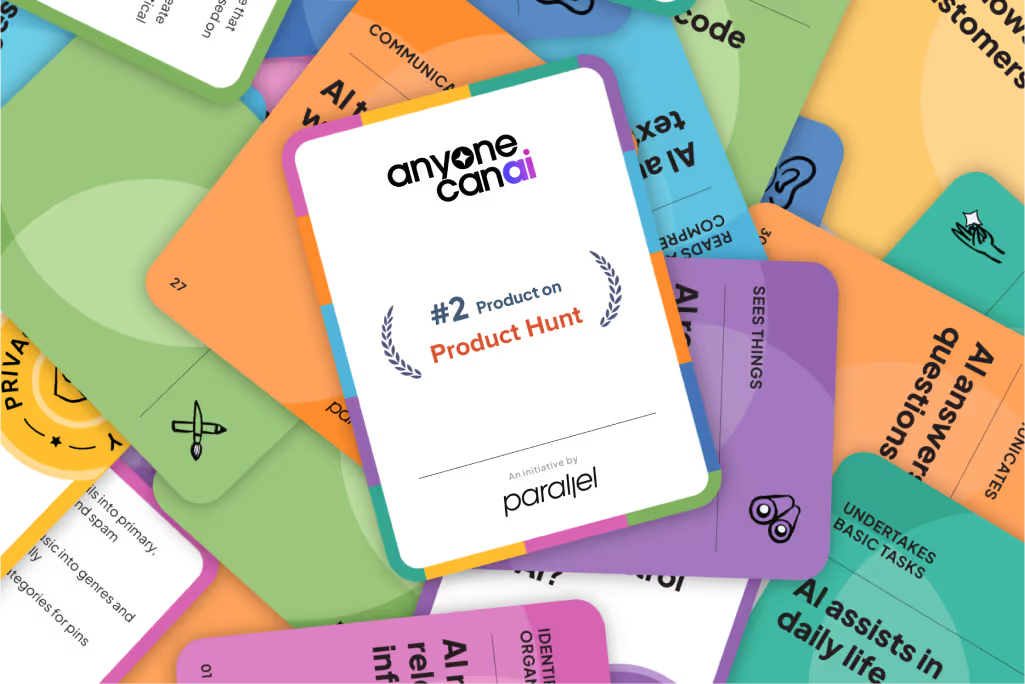5 Tips for Running a Remote Design Sprint
Running a remote Design Sprint soon? Don't forget about these important facilitation to-dos.

Facilitating Design Sprints is tough, and it's even harder now that everyone's gone remote. How do you help participants bring their best to a remote design sprint?
As a facilitator, your role is to bridge the gaps between people, resources, problems and solutions. It's about removing obstacles and noise so others can focus on doing their best work.
Here are five things you can do to be a better facilitator for remote Design Sprints.
1. Set clear mandates and ground rules
Setting ground rules is essential. This is especially for remote sprints, where there are so many distractions that can get in the way of your video call.
Here are some hard-and-fast rules that you and your group should follow:
- Limit or avoid notifications from phones, email and apps during the Design Sprint sessions.
- Sit in a proper call environment, away from any noise that could distract people or disturb the call.
- Keep video on during the entire session.
It's also important to set a clear mandate for each exercise. Ensure that all participants are aligned and understand your instructions, right from the simplest things like how to take notes or make a great sketch.
The more you clarify and give instructions, the better the outcomes.

2. Set the right expectations
Design Sprints involve a lot of work and demand focussed attention from participants. To make your sprint successful, it's essential to manage expectations in advance.
Clearly explain to your participants the expected challenges and the anticipated outcomes of their Design Sprint. This includes making sure everyone knows the sprint goal and what they need to do to contribute to the process.
Remind them that the sprint cannot solve every problem, but will instead be focussed on validating a hypothesis or a solution. The desired outcome of a sprint is not a functioning product, but a clear path forward.
Helping everyone understand the same narrative before the sprint starts will help you keep aligned afterward — on what happened, what it means, and what to do next. If you don't communicate, everyone will end up with different perspectives and interpretations of how the Design Sprint went.
3. Plan everything ahead of time
Planning ahead of time helps you prepare for the kind of week you will have during the sprint. You are likely to face challenges like low engagement, tech complications, staying on time, and dealing with skeptics.
Make a list before each sprint with all your to-dos, from big tasks like preparing Miro boards for every exercise to the little details like when to give breaks or how many dots to give for votes. Don't forget to also decide what has to be done over the call and what can be delegated offline.
Planning your tasks in advance will help you keep track of everyone's progress better.
Make sure to include breaks in your schedule, reassess what you have covered, and check in on how your group is feeling about the activity and what they are taking away from it.

4. Stay organised
We recommend having a co-facilitator when you run your sprint.
Running a sprint remotely is a lot different from running it in person. A pair of extra hands can help you...
- Firefight software issues and internet snags
- Coach participants who lag behind
- Split facilitation duties to keep things fresh
- Help with documentation, uploading and maintaining people's submissions
5. Pay attention to the participants
Your participants may not remember every single instruction that they have been told. It's important to continuously check in on how they're doing and make sure they're not lost.
- Keep visual support handy, and plan check-in breaks to take an assessment of the participants.
- Get feedback from your participants after your synchronous and asynchronous sessions.
- Make sure they're comfortable, focused, and ready to start each session.
As facilitators, you're not there to just run the process, but also to resolve any conflict or confusion.
Create an environment that allows everyone to be heard and understood. Managing your group's well-being will help keep them clear, focused and aligned on the problems you're solving.
Pro tip: We also recommend starting your sessions with icebreakers. It will help you identify who is engaged and who needs a bit more help before you get back into your sprint exercises.

The TL;DR version
Running a remote Design Sprint soon? Remember these facilitation to-dos!
- Remind your participants to respect the time-box.
- Get everyone to talk and share.
- Keep those videos on during the call.
- Avoid context-switching between tools.
- Keep shortcuts handy.
- Take enough breaks (for water, food or just a mental reset) so that they aren't exhausted.
Good luck!
Header image by Eugene Chystiakov.


.avif)










